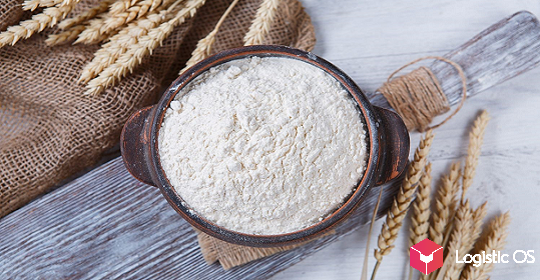For the first time in history, flour exports in 2023 may exceed 1 million tons.
2022 was in many ways a record year for Russian flour millers: they increased the export of their products by 350%, to 880 thousand tons. For comparison, in 2021 the export figure was only 260 thousand tons.
This year there are conditions to further increase exports. Experts believe that this time it may exceed 1 million tons.
What are the prospects for flour exports?
On the one hand, they are very good. Experts believe that Russia, at the maximum of its current capabilities, could export up to 5-7 million tons of flour.
However, the world market for this product is quite complex, its total volume does not exceed 15 million tons, says Arkady Gurevich, President of the Russian Union of Flour and Cereal Enterprises.
In addition, flour exports may decline over time, Gurevich believes. The reason is that it is more profitable for almost every country to purchase grain and produce flour from it on its own.
At the same time, flour mills in Russia are no more than 70% loaded, so their number generally needs to be reduced, the expert believes.
At present, however, there is a powerful factor to support flour exports — restrictions on grain exports. Export duties are so high that they make it unprofitable to directly sell grain for export, which is why it goes abroad in the form of flour.
But such “support” is still not enough, analysts say.
In order for Russia to fully gain a foothold in the international flour market, Russian agricultural enterprises cannot do without government support.
First of all, subsidizing the transportation of grain and its processed products is required, because logistics is one of the most important cost components.
At the same time, the Russian Federation has to compete with other countries such as Turkey and Kazakhstan on the world flour market, so government support could help strengthen its position there.
Farmers’ interest in rye production is declining
President of the Union of Flour and Cereal Enterprises Igor Sviridenko noted that producers are losing interest in this crop.
In 2022, its harvest increased by 26% and amounted to about 2.2 million tons, but this year no more than 1.8 million tons are predicted. Moreover, in the 1990s, Russia grew up to 16 million tons of rye annually.
However, the Ministry of Agriculture notes that there should be no problems with rye: its production volume is about 2 million tons, and this should be enough to saturate the domestic market in full.

